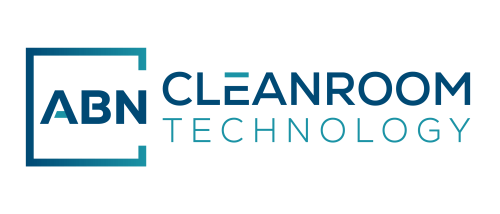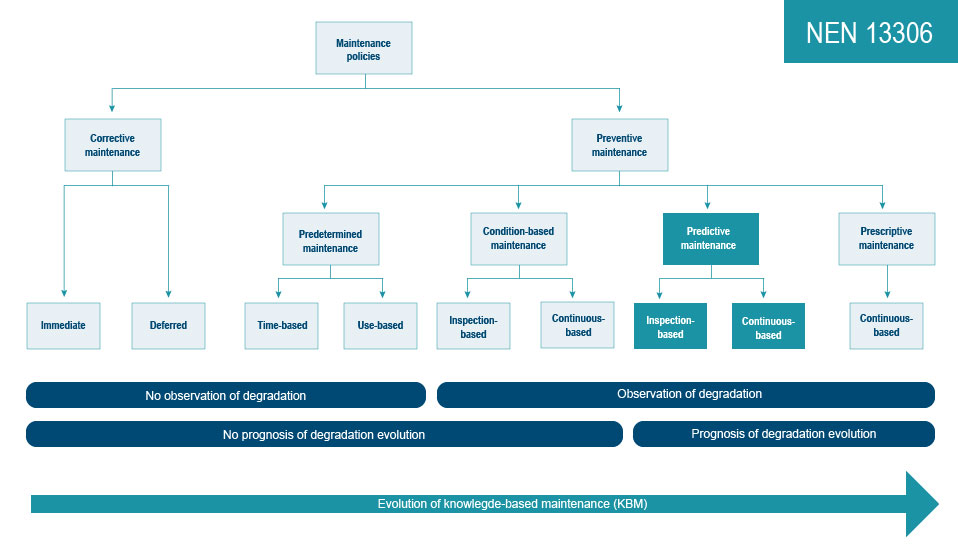blog
Predictive maintenance: The holy grail in a pre-engineered cleanroom environment
Cleanroom sensor technology, the Internet of Things and big data: these developments are the enablers for modern-day predictive maintenance in pre-engineered cleanroom design. Industries have been exposed to digital disruption during the whole industry 4.0 decade, even though they have different levels of innovation. Maintenance has not changed, and the function of maintenance has been under the spotlight to be reinvented and increase performance by using all the enabling technologies such as AI, IoT, big data, machine learning etc.


